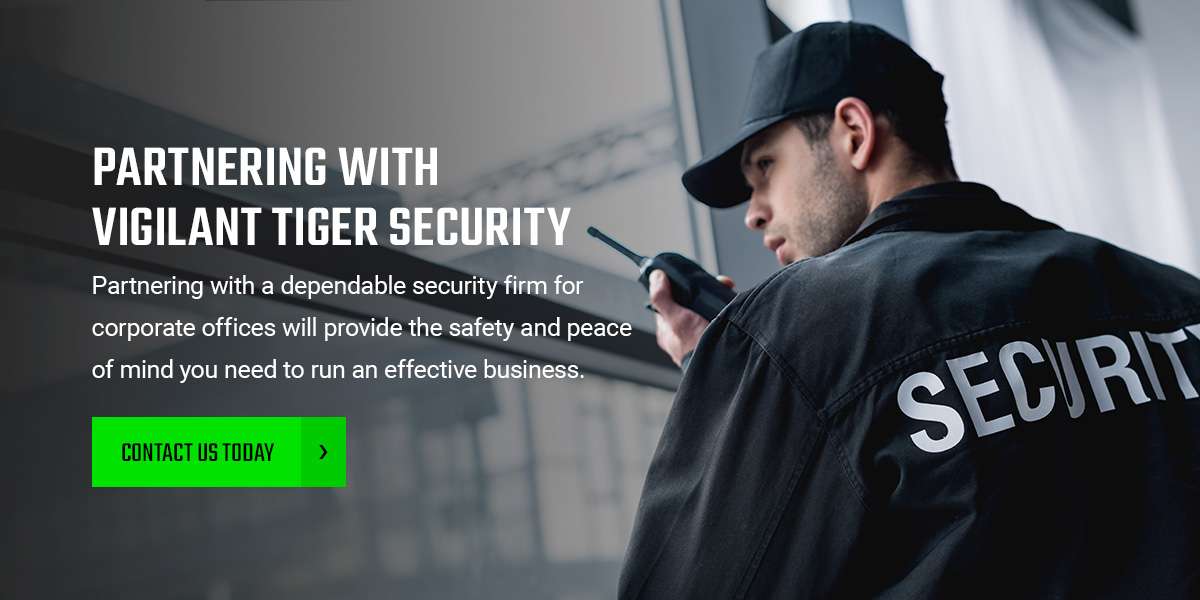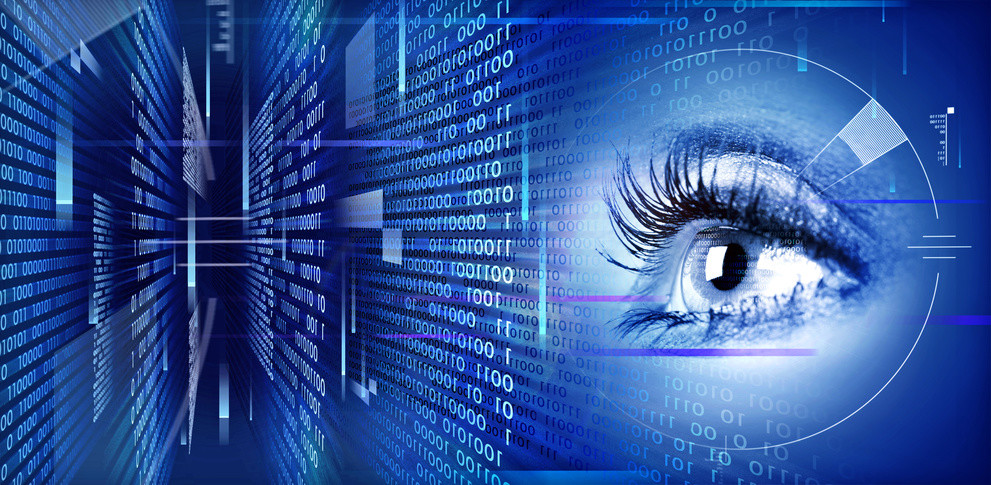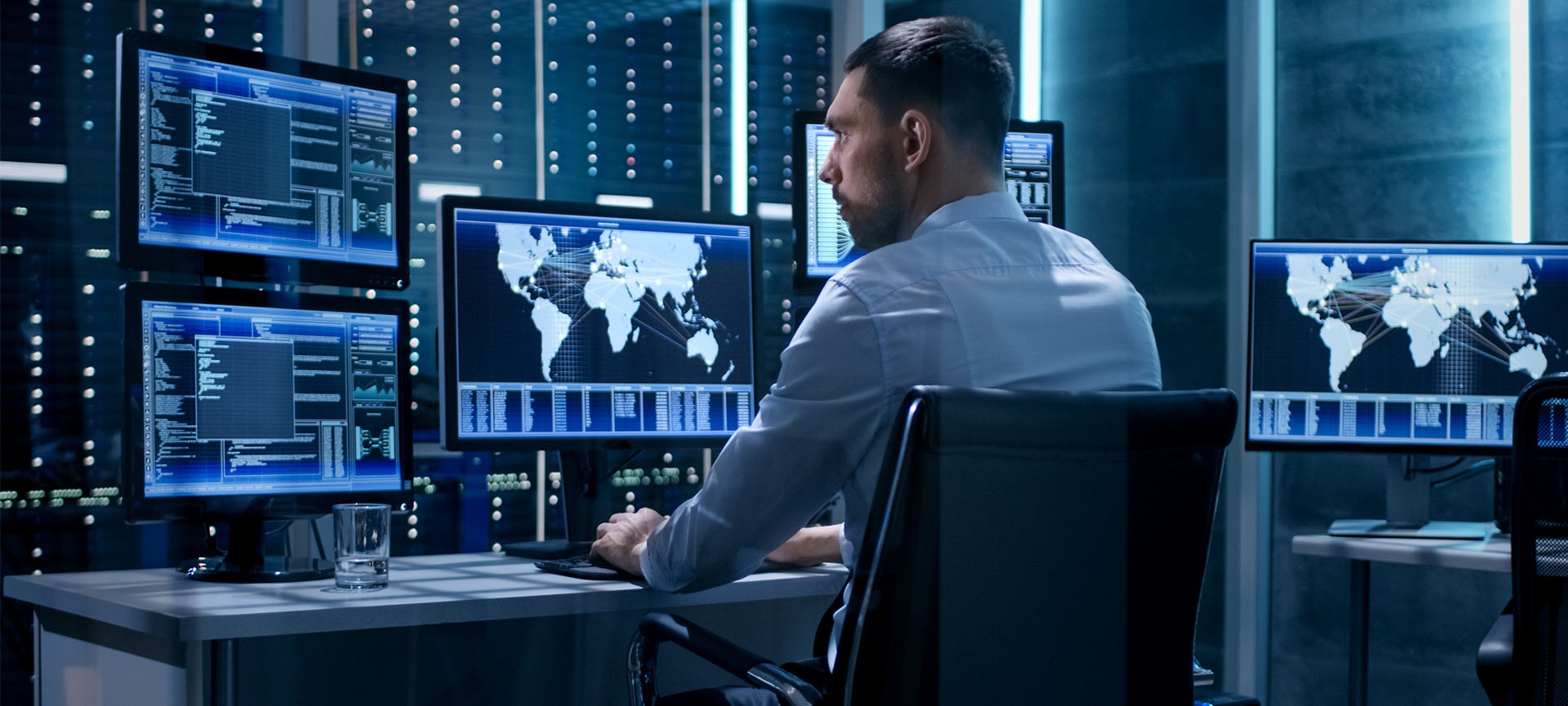From Cybersecurity to Physical Actions: Strengthening Corporate Protection in a Transforming Globe
In today's rapidly evolving digital landscape, the significance of business safety can not be overemphasized. As cyber hazards come to be common and progressively innovative, organizations should surpass traditional cybersecurity procedures to safeguard their procedures and possessions - corporate security. This is where the combination of physical security steps ends up being important. By combining the staminas of both cybersecurity and physical security, firms can create a detailed protection strategy that attends to the varied variety of dangers they face. In this discussion, we will explore the changing risk landscape, the need to incorporate cybersecurity and physical safety, the execution of multi-factor authentication actions, the value of worker understanding and training, and the adaptation of protection measures for remote labor forces. By analyzing these vital areas, we will acquire important understandings right into just how organizations can strengthen their company safety and security in an ever-changing world.
Recognizing the Altering Threat Landscape
The evolving nature of the modern-day globe requires a detailed understanding of the transforming risk landscape for effective corporate safety and security. In today's electronic and interconnected age, hazards to business safety and security have become much more complicated and sophisticated. As technology advancements and organizations become significantly reliant on electronic facilities, the capacity for cyberattacks, data violations, and various other security violations has substantially enhanced. It is crucial for organizations to stay educated and adapt their security gauges to address these progressing threats.
One key aspect of understanding the changing danger landscape is recognizing the various kinds of dangers that companies deal with. In addition, physical threats such as burglary, criminal damage, and company espionage continue to be prevalent worries for services.
Surveillance and assessing the hazard landscape is essential in order to recognize potential dangers and vulnerabilities. This entails remaining upgraded on the most recent cybersecurity patterns, examining danger intelligence records, and performing regular danger assessments. By recognizing the altering danger landscape, companies can proactively carry out proper safety and security steps to minimize threats and secure their assets, reputation, and stakeholders.
Integrating Cybersecurity and Physical Protection
Integrating cybersecurity and physical protection is vital for comprehensive company defense in today's digital and interconnected landscape. As organizations increasingly depend on modern technology and interconnected systems, the limits in between physical and cyber risks are becoming blurred. To properly safeguard against these threats, an alternative strategy that incorporates both cybersecurity and physical security measures is essential.
Cybersecurity focuses on safeguarding electronic possessions, such as systems, networks, and information, from unauthorized accessibility, interruption, and theft. Physical safety and security, on the various other hand, incorporates procedures to protect physical possessions, individuals, and facilities from vulnerabilities and hazards. By incorporating these two domain names, companies can deal with vulnerabilities and dangers from both electronic and physical angles, consequently enhancing their total protection stance.
The integration of these two techniques permits an extra extensive understanding of security risks and allows a unified reaction to events. Physical accessibility controls can be enhanced by integrating them with cybersecurity methods, such as two-factor verification or biometric recognition. In a similar way, cybersecurity measures can be complemented by physical protection procedures, such as surveillance cameras, alarm systems, and secure access factors.

Applying Multi-Factor Authentication Procedures
As companies significantly focus on comprehensive safety measures, one reliable approach is the application of multi-factor authentication steps. Multi-factor authentication (MFA) is a protection technique that needs customers to offer numerous types of identification to access a system or application. This method includes an added layer of protection by incorporating something the individual knows, such as a password, with something they have, like a finger print or a security token.
By implementing MFA, companies can dramatically enhance my latest blog post their safety posture - corporate security. Standard password-based verification has its constraints, as passwords can be quickly jeopardized or neglected. MFA mitigates these dangers by including an additional authentication aspect, making it harder for unauthorized individuals to access to sensitive information
There are several kinds of multi-factor authentication methods offered, consisting of biometric verification, SMS-based verification codes, and equipment symbols. Organizations require to assess their details demands and choose the most ideal MFA remedy for their needs.
Nevertheless, the execution of MFA ought to be very carefully intended and implemented. It is vital to strike a balance in between protection and functionality to stop individual aggravation and resistance. Organizations must additionally take into consideration prospective compatibility problems and offer sufficient training and assistance to make sure a smooth change.
Enhancing Employee Awareness and Training
To strengthen corporate safety and security, organizations need to prioritize improving staff member awareness and training. Numerous safety violations happen due to human error or absence of understanding.
Effective employee understanding and training programs must cover a large range of subjects, consisting of information protection, phishing assaults, social engineering, password hygiene, and physical security steps. These programs must be customized to the specific needs and obligations of various worker functions within the company. Routine training sessions, workshops, and simulations can aid staff members create the needed abilities and knowledge to respond and determine to safety and security threats successfully.
In addition, organizations should encourage a society of security understanding and give continuous updates and suggestions to keep workers informed concerning the most recent threats and mitigation methods. This can be more helpful hints done through internal interaction networks, such as e-newsletters, intranet portals, and e-mail campaigns. By promoting a security-conscious labor force, companies can considerably lower the likelihood of protection cases and safeguard their beneficial possessions from unapproved gain access to or concession.

Adapting Safety Procedures for Remote Workforce
Adapting company protection actions to suit a remote labor force is important in making sure the security of delicate details and possessions (corporate security). With the raising trend of remote work, companies must implement proper protection measures to alleviate the risks associated with this brand-new way of working
One essential aspect of adjusting protection procedures for remote job is developing safe and secure interaction networks. Encrypted messaging platforms and online personal networks (VPNs) can help secure delicate information and prevent unauthorized gain access to. Additionally, organizations should apply making use of strong passwords and multi-factor authentication to enhance the safety of remote access.
An additional vital consideration is the application of safe remote gain access to services. This entails providing staff members with safe access to business resources and data via online desktop computer framework (VDI), remote desktop computer methods (RDP), or cloud-based remedies. These innovations ensure that delicate information stays safeguarded while enabling workers to execute their roles successfully.

Last but not least, extensive security recognition training is critical for remote staff members. Training sessions ought to cover finest practices for firmly accessing and dealing with sensitive details, identifying and reporting phishing efforts, and preserving the overall cybersecurity hygiene.
Verdict
In final thought, as the hazard landscape proceeds to redirected here advance, it is important for companies to reinforce their security gauges both in the cyber and physical domain names. Incorporating cybersecurity and physical safety, implementing multi-factor authentication procedures, and improving staff member understanding and training are crucial steps towards attaining durable company protection.
In this conversation, we will discover the altering hazard landscape, the demand to integrate cybersecurity and physical protection, the implementation of multi-factor authentication measures, the value of employee recognition and training, and the adaptation of safety and security procedures for remote labor forces. Cybersecurity measures can be matched by physical security measures, such as security electronic cameras, alarm systems, and secure accessibility factors.
As companies increasingly prioritize extensive protection measures, one effective method is the execution of multi-factor verification measures.In verdict, as the threat landscape proceeds to advance, it is critical for companies to reinforce their security measures both in the cyber and physical domains. Incorporating cybersecurity and physical protection, applying multi-factor verification actions, and boosting staff member understanding and training are necessary steps towards achieving durable company protection.